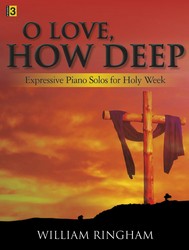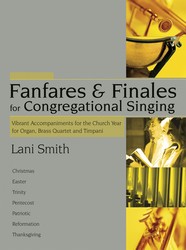For Thy mercy and Thy grace. H. Downton. [Old and New Year.] Written in 1841, and first published in the Church of England Magazine, in 1843. p. 15, in 7 stanzas of 4 lines, and entitled, "A Hymn for the commencement of the Year." In 1851 it was republished with one alteration, and the omission of stanzas ii. and iii., in A. Tozer Russell's Psalms & Hymns. This was reproduced, with further alterations, in Hymns Ancient & Modern, 1861. Numerous versions exist in modern hymnals, Russell's abridged text, as in the Sarum Hymnal, being most in favour. In 1873 the author included it in its original form, with two unimportant alterations, in his Hymns and Verses, &c, pp. 7, 8. Original text as above, authorised text in Thring's Collection, 1882, and the Westminster Abbey Hymn Book, 1883. The doxology sometimes added thereto as in Church Hymns, 1871, is not in the original and is seldom adopted. The hymn, in its various forms and readings, is the most popular, and most widely used of Mr. Downton's productions.
--John Julian, Dictionary of Hymnology (1907)
===================
For Thy mercy and Thy grace, p. 381, i. In some hymnals pub. since 1892, the form of this hymn has been altered, when compared with the authorized text, as in Thring's Collection, 1882 :—
1. Church Hymn , 1903, the omission of st. vii.
2. Hymns Ancient & Modern 1904, the old Ancient & Modern text, 1861, with the omission of its stanza v.
3. The Church Hymnary (Scottish), 1898, the full text, with slight alterations in st. i.
4. The Pilgrim Hymnal (American), 1904, in four stanzas only.
5. Worship Song (W. G. Horder), 1905, with the omission of st. ii.
6. The English Hymnal,l905, with omission of st. vii. and restoration of st. v., l. 4, from "Comfort Thou his dying bed," to "Comfort Thou his dying head."
The hymn is also found in other collections of a late date; but these examples are sufficient to indicate both the strength and the weakness of the hymn.
--John Julian, Dictionary of Hymnology, New Supplement (1907)
Hymnary Pro Subscribers
Access
an additional article
on the Canterbury Dictionary of Hymnology:
Hymnary Pro subscribers have full access to the Canterbury Dictionary of Hymnology.
Get Hymnary Pro


 My Starred Hymns
My Starred Hymns






